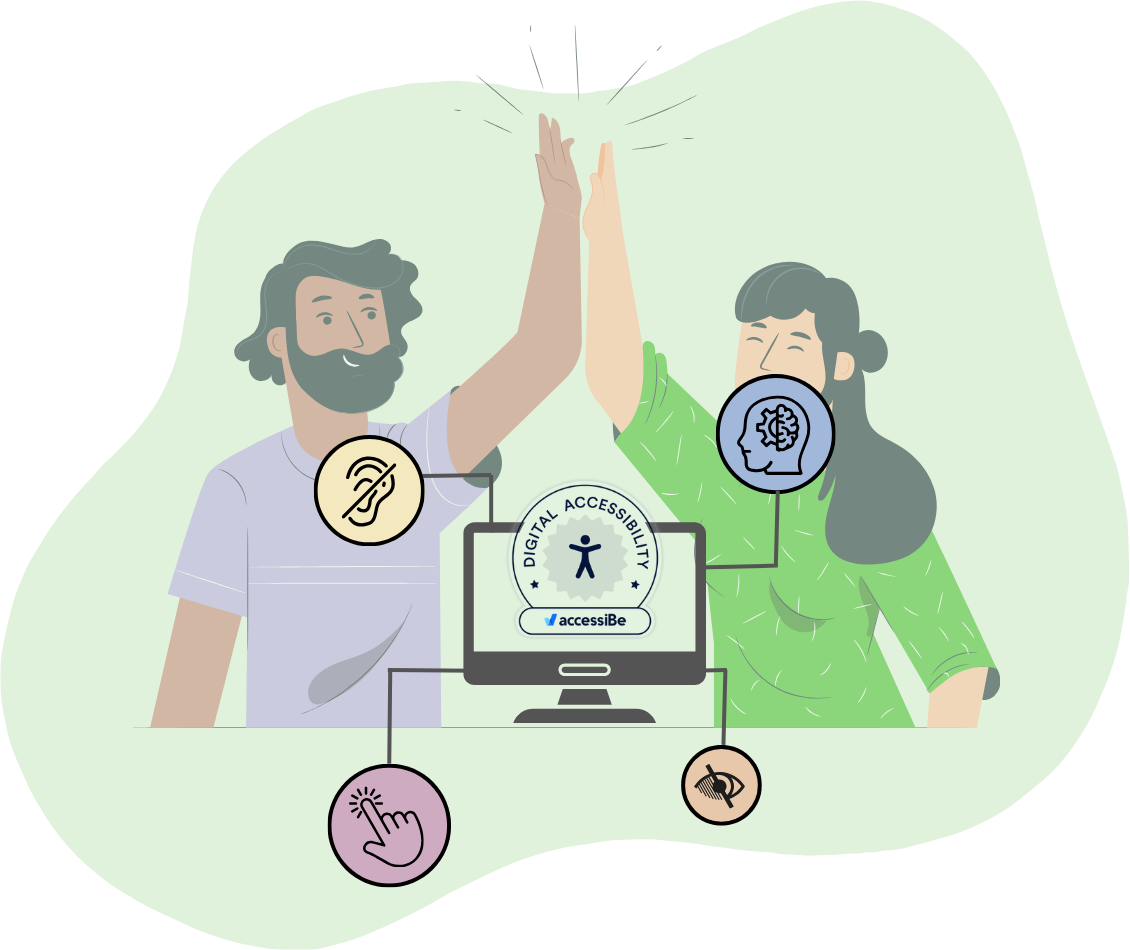It’s a pretty accurate description to say that most scaling businesses have more data at their disposal than they can handle. They struggle to store it, they struggle to manage it, they struggle to create valuable reports out of it and they struggle to secure it. But the one thing that far too many businesses don’t do is synthesize that data into analysis and reporting that actually helps them make critical growth decisions.

According to IBM, Poor data quality costs the US economy up to $3.1 trillion every year.
It’s a pretty common issue we see when customers come to us for simple application integrations. “We have all this data, but we need it to patch it into HubSpot.” Or, it gets patched into HubSpot and then they don’t know what’s next.
What they should have led with is, “We need an integration and some architecture insights so we can make sense of the data that lives in multiple places right now. Then we need to understand how to map it out and really glean the insight to determine ROI.”
Return. On. Investment.
It’s probably the most common complaint we get from our prospects looking for help with HubSpot Reporting and Architecture Consulting. They’ve invested thousands of dollars into an analytics software and they’re literally drowning in data - yet lack of structure and configuration for all of those insights is preventing them from understanding trends, making business process decisions and really digging into the ROI behind all their efforts.
According to Forbes, via TechJury.net: 95% of businesses cite the need to manage unstructured data as a problem for their business.
In order to save money, really nail down your data structure and make the decisions that will allow your business to scale in the long term, you’re going to have to invest into appropriate HubSpot reporting configuration - and that means hiring a HubSpot architect as soon as possible after you start working in your HubSpot Portal (or, ideally, beforehand).
Drowning in data analytics and dashboards? Here are some signs your HubSpot reporting configuration isn’t helping you scale.
You pay a lot for your tech stack, yet you’re still doing double duty data entry.
You spend thousands a month for HubSpot, and even more on a legacy line of business application, accounting software, call center software, live chat, help desk software, ticket management, meeting scheduling, call tracking, and a CRM. What would happen if they not only all spoke to one another, but fed your reports in a way that provided you with a comprehensive viewpoint on exactly what your marketing is doing?
Hear me out. We’ll use a Managed Services Provider as an example:
MSPs typically manage their client base with a CRM software. Sometimes that’s HubSpot CRM, sometimes it's software like SalesForce. They use a marketing automation platform - maybe in this case it's HubSpot Marketing Hub, or maybe they’re using an automation platform like Marketo or Pardot or ActiveCampaign.
They get great insights as to email open rates, blog views, bounce rates, and conversion rates as far as converting customers with different marketing efforts. They can see how a customer interacts with all of their marketing information.
They also might have a billing platform like Quickbooks that allows them to bill customers by project or on retainer for their technology services. They manage their Helpdesk tickets with Helpdesk software, so they have a good understanding of some of the struggles and trends that happen on an everyday basis with their customers.
Maybe they even have a fractional CIO that is offering expertise and technology strategy to each client… He probably makes recommendations via e-mail that may go into their CRM.
They have all these different platforms that are managing their data that aren’t speaking to one another. They have dashboards upon dashboards to provide them with customer satisfaction scores, to understand how their marketing is moving the needle, and where their revenue is coming from.
But what if they could integrate this and share all of this data in a central location?
Imagine the power of all that insight integrated together.
Imagine the type of intelligence that might allow you to grade your customers after the fact and continue to glean insight not only into the campaigns that are moving them towards buyer decisions, but the deep intelligence of their technology and pain points.
Imagine being able to integrate them all together and take that data and make really, really smart scalability decisions based on trends, client needs, marketing spend?
Imagine knowing exactly where the ROI is?
That’s the magic that can happen when you enlist help to really hone in on your HubSpot reporting configuration and combine that with integration builds.
Having data insights at your disposal is great, but how can you take all that data and create a more cohesive customer experience?
Your email engagement is down, your unsubscribe rate is up and the sales pipeline is looking cloudy.
Ooof. Not a great forecast, am I right? The number of touch points that your organization has with your customer during their customer journey is ever-increasing. You name it, it’s going out:
- engagement surveys
- customer service responses
- automated marketing messages
- order tracking notifications
- billing insights and notifications
This list goes on and on and on.
According to LSAInsider.com, a Google study found that touch points along the customer journey can reach anywhere from 20-500 depending on the complexity of the purchase.
That’s a lot of interaction. Creating a cohesive brand experience is essential to not only help you maintain your reputation with your customer, but also to boost your revenue and prevent attrition as a result of too many departments hammering your customers with requests and promotions.
Consider the number of interactions you yourself have with a brand and how that occupies a space in your brain (and your inbox). For example, let's say you purchased a really cool product online - but all of a sudden you’ve received not just your order confirmation, but in a matter of minutes you’ve received marketing messaging, a promotional email, a “how’d we do” survey and your tracking information for your order. Seems like a lot, right? Inside the organization those are all separate departments. There’s billing, there’s shipping, there’s marketing, there’s customer service. On the customer’s end, though? All you can think is, this is too much to delete out of my inbox, as you quickly unsubscribe to all emails. Just like that this brand hasn’t just lost a marketing opportunity, but reputation ranking with you. There is a negative association where there was once a positive experience, and you’ll have to weigh that negative association next time they reach you in targeted ads.
If that company had the ability to integrate its technology, though, maybe you’d receive a customer survey embedded inside an order confirmation with a little promo code for a future order and a request asking how often you want to hear from them? Would an effort like that move the needle? Is their reporting configured in a way that they can actually determine if their follow-up marketing and customer service is successful or not? These are the things that a HubSpot architect and integration can help with.
Your biases are really hampering your ability to make decisions for scale.
Just because you have all the data you think you need at your disposal, or have certain integrations in place, that doesn’t mean that you still aren’t struggling to determine what those important scaling decisions should be.
According to a recent Gartner Survey on Marketing Analytics:
- Data management challenges and cognitive biases are the top barriers to marketing analytics’ influence.
- One-third of respondents reported that decision makers cherry-pick data to try to tell a story that aligns with their preconceived decision or opinion.
A quote from that same article:
“CMOs often believe that achieving marketing data integration goals will lead to greater influence and increased value of marketing analytics,” said Joseph Enever, Sr. Director Analyst in Gartner Marketing. “The reality is that better data won’t increase marketing analytics’ decision influence alone. CMOs must address the real challenges — cognitive biases and the need for a data-informed culture.”
By defining benchmarks and goals ahead of time with an unbiased HubSpot Architect, you can configure your HubSpot reports to not only include the data that you need, but to guide you in the decisions that you’ll need to make to scale properly as you analyze that data. You can also make the decision to have your HubSpot Architect help you analyze the data and provide an unbiased opinion that has no internal agenda to best make sense of your analytics.
Small to Medium Sized businesses can invest anywhere from $10,000 to $100,000 annually in data analytics. These are large investments that bring some insight that can be easily improved upon with an unbiased HubSpot Architect that can supercharge your reporting and analytics and bring focus that truly helps your organization come to an agreement on decisions for scale.
You can continue to fight inside your organization, sifting through data, or you can enlist some help, move more efficiently and make the right decisions for less.






